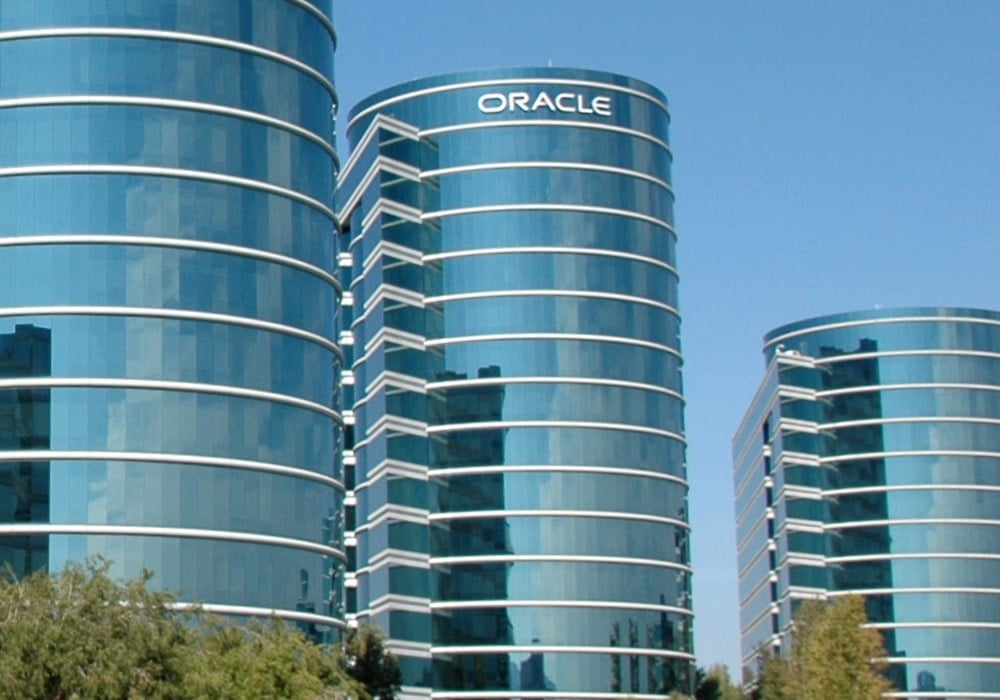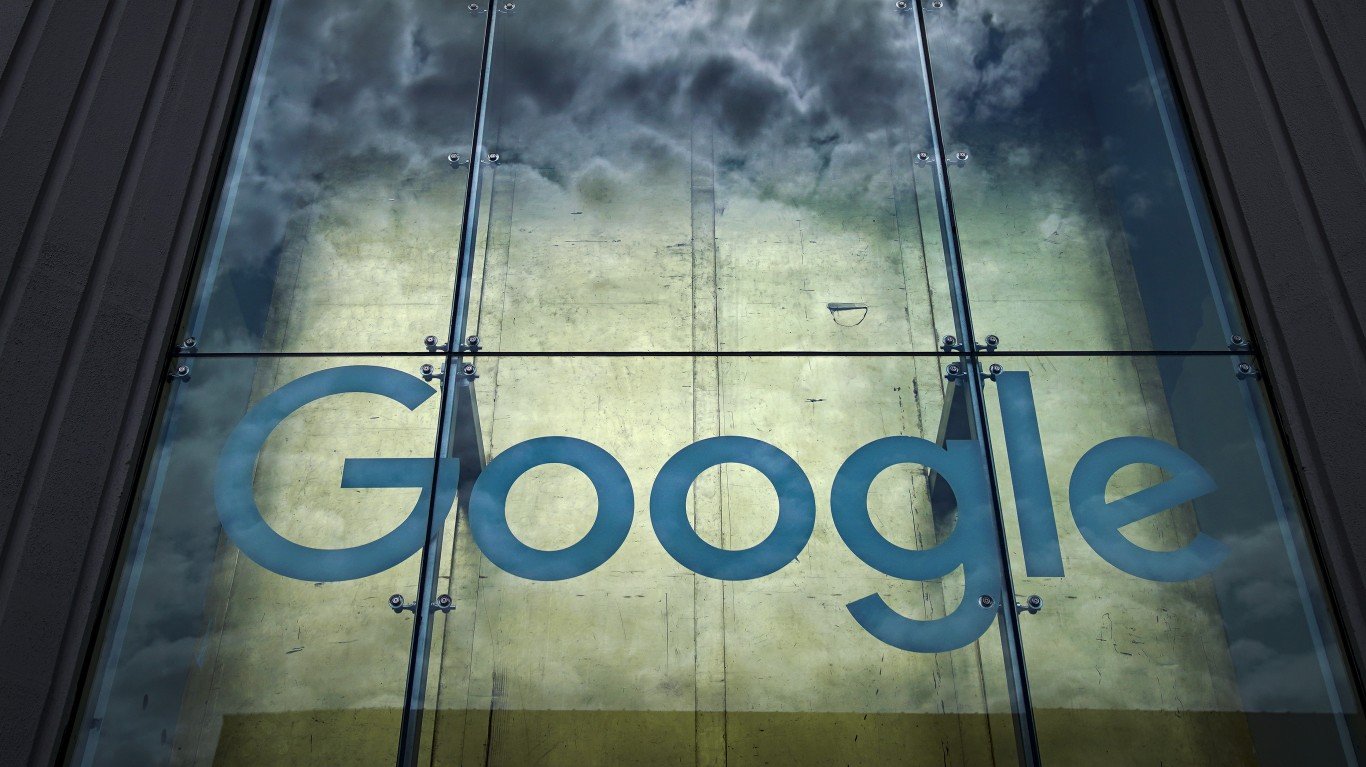Oracle Corp. (NYSE: ORCL) reported its fiscal first-quarter financial results after the markets closed on Wednesday. The company had $0.53 in earnings per share (EPS) on $8.45 billion in revenue, compared to consensus estimates from Thomson Reuters of $0.52 in EPS on $8.53 billion in revenue. The same period from the previous year had $0.62 in EPS on $8.60 billion. Source: Wikimedia Commons
Source: Wikimedia Commons
The strengthening U.S. dollar was a real hindrance in this quarter as total revenues were down from last year in U.S. dollars. However on a constant currency basis, revenues were up 7%. That currency impact is shown in detail below, but it is rather clear that currency is a major issue for Oracle.
The board of directors declared a quarterly cash dividend of $0.15 per share of outstanding common stock. This dividend will be paid to stockholders of record as of the close of business on October 14, with a payment date of October 28.
In terms of its segments Oracle reported the following results (note that comparisons are sequential):
- Cloud plus on-premise software revenues were $6.5 billion, down 2% in U.S. dollars and up 6% in constant currency.
- Total cloud revenues were $611 million, up 29% in U.S. dollars and up 34% in constant currency.
- Cloud software as a service (SaaS) and platform as a service (PaaS) revenues were $451 million, up 34% in U.S. dollars and up 38% in constant currency.
- Cloud infrastructure as a service (IaaS) revenues were $160 million, up 16% in U.S. dollars and up 23% in constant currency.
- Total on-premise software revenues were $5.8 billion, down 4% in U.S. dollars but up 4% in constant currency.
- Total hardware revenues were $1.1 billion, down 3% in U.S. dollars but up 6% in constant currency.
- Total services revenues were $862 million, up 1% in U.S. dollars and up 10% in constant currency.
ALSO READ: 4 Small Cap Technology Stocks That Portfolio Managers Love
Safra Catz, CEO of Oracle, said:
Our traditional on-premise software business plus our new cloud business grew at a combined rate of 6% in constant currency. This growth is being driven by new SaaS and PaaS annual recurring cloud subscription contracts which almost tripled in the quarter. As our cloud business scales-up, we plan to double our SaaS and PaaS cloud margins over the next two years — starting from 40% this just completed Q1, to approximately 60% this coming Q4, and then on up to 80% two years from now. Rapidly growing cloud revenue combined with a doubling of cloud margins will have a huge impact on EPS growth going forward.
Larry Ellison, chairman and CTO of Oracle, also added:
We are still on target to book between $1.5 and $2.0 billion of new SaaS and PaaS business this fiscal year. That means Oracle would sell between 50% more and double the amount of new cloud business than salesforce.com plans to sell in their current fiscal year. Oracle is the world’s second largest SaaS and PaaS company, but we are rapidly closing in on number one.
At the end of the quarter, Oracle recorded $55.9 billion in cash, cash equivalents and short-term investments. The company had $54.4 billion in cash, cash equivalents and short-term investments in the previous quarter.
ALSO READ: JPMorgan Says 2 Tech Heavyweights Are the Place to Be Now
Shares of Oracle closed Wednesday up 0.7%, at $38.27 in its 52-week trading range of $35.14 to $46.71. Following the release of the earnings report, shares were down 0.7% at $38.01 in after-hours trading. The stock has a consensus analyst price target of $47.25.
As a reminder to readers, without guidance being offered in the release, this should be considered an incomplete report.
Take This Retirement Quiz To Get Matched With A Financial Advisor (Sponsored)
Take the quiz below to get matched with a financial advisor today.
Each advisor has been vetted by SmartAsset and is held to a fiduciary standard to act in your best interests.
Here’s how it works:
1. Answer SmartAsset advisor match quiz
2. Review your pre-screened matches at your leisure. Check out the advisors’ profiles.
3. Speak with advisors at no cost to you. Have an introductory call on the phone or introduction in person and choose whom to work with in the future
Take the retirement quiz right here.
Thank you for reading! Have some feedback for us?
Contact the 24/7 Wall St. editorial team.



